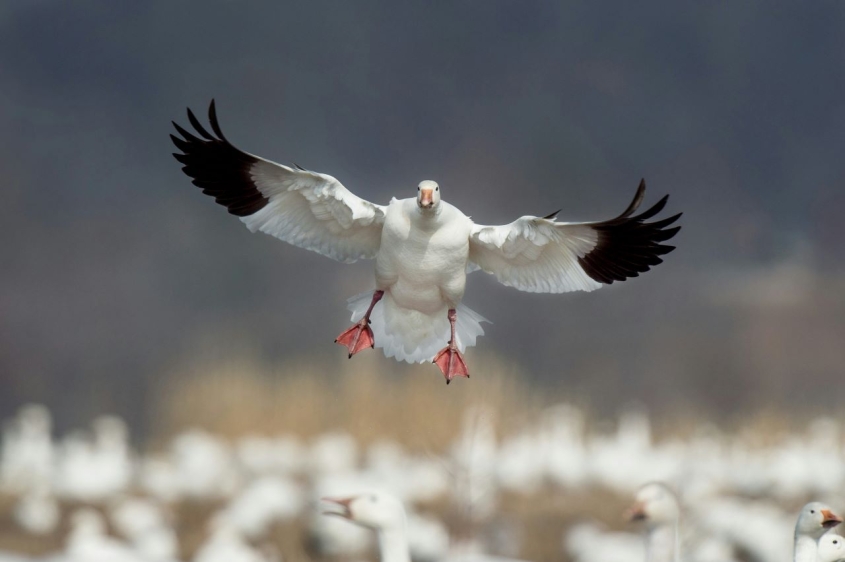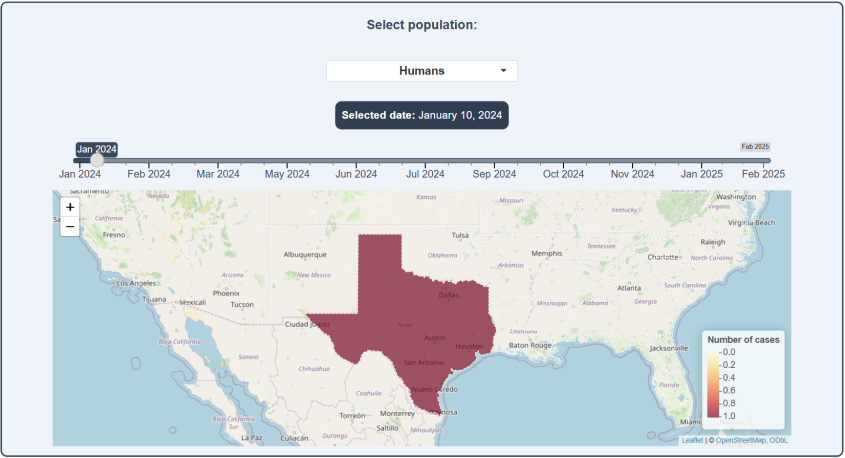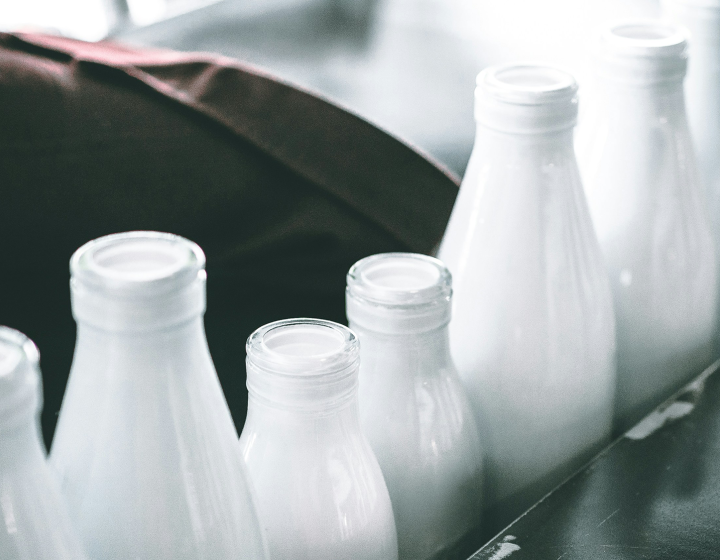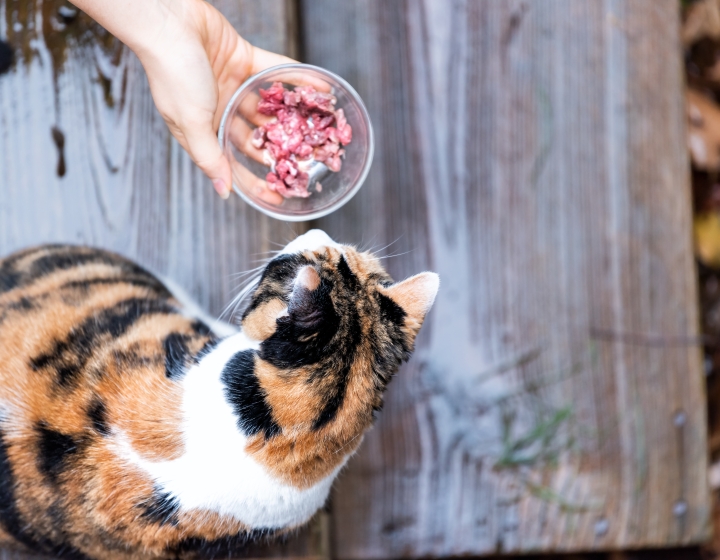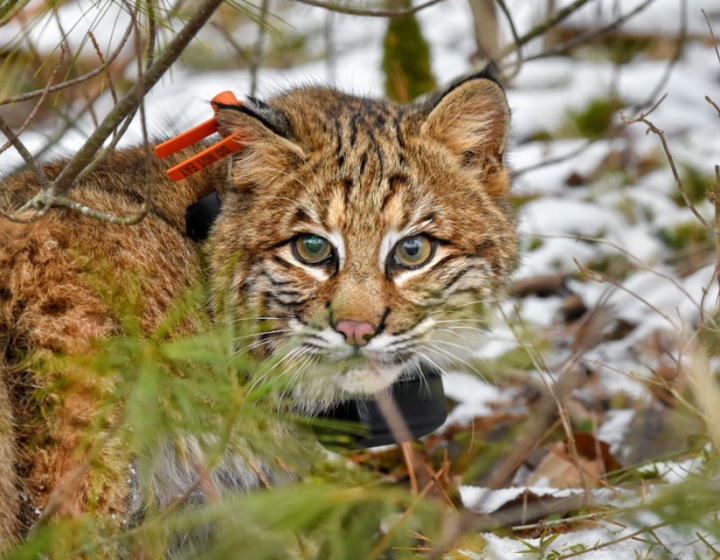Avian Influenza Research
The Cornell University College of Veterinary Medicine (CVM) is actively engaged in research efforts to better understand and address the challenges posed by avian influenza viruses in birds and other species. The college unites experts from different disciplines to tackle the current HPAI epidemics from multiple perspectives. This collaborative effort spans many research areas, from molecular mechanisms of infection to ecosystem-level impacts, and from improving diagnostics to developing vaccines and antiviral therapies.
Research areas
- Disease dynamics, species susceptibility and pathogenesis: College faculty are studying mechanisms underlying the broad species susceptibility to the virus, and the pathways that lead to severe disease in susceptible species, including both studies in the field and in the lab.
- Interspecies transmission and spillover: Scientists at the college were among the first to detect spillover of H5N1 virus to foxes and dairy cows and continue to monitor potential outbreaks involving interspecies transmission.
- See publications describing spillover into red foxes and dairy cows.
- Extent of impacts on wildlife: College scientists are conducting field studies in the U.S. and beyond to assess how ongoing HPAI outbreaks affect wild animal populations and broader ecosystems.
- See Dr. Amandine Gamble’s scientific publications on the topic, notably on bird flu in the Subantarctic and Antarctic regions.
- You can also explore the college's work at the Janet L. Swanson Wildlife Hospital and at the Cornell Wildlife Health Lab.
- Spread prediction with mathematical models: CVM researchers use computational models to forecast how HPAI moves through wildlife and livestock, helping to inform disease control strategies.
- See Dr. Renata Ivanek’s scientific publications on the topic, notably on the risk of HPAI infection via pasteurized and raw milk consumption and the relevance of migration timing on HPAI introduction to backyard poultry farms.
- Avian influenza virus evolution: Studies focus on how the virus changes over time, including its ability to jump between species and develop resistance to immune responses or treatments.
- See Dr. Colin Parrish's scientific publications and Dr. Gary Whittaker's scientific publications on the subject, notably a publication on backyard zoonoses.
- Surveillance policies and challenges: College veterinarians and scientists are evaluating the effectiveness of existing surveillance programs and identifying barriers that may prevent early detection and control of the virus in many species.
- Diagnostic tool development: College scientists are creating new tests to quickly and accurately detect influenza viruses in different species, including poultry, wild birds, cattle, humans and other mammals.
- Vaccine and therapeutic development: Work is underway to develop new vaccines and other therapeutics to help reduce influenza virus transmission and protect animal health.
- See publication on a combined COVID-19/Flu vaccine.
- Food safety and animal and public health: Scientists are investigating the risks posed by avian influenza in food systems – especially in dairy products – and exploring ways to ensure safe food production.
- See this Nature Communications publication on how avian flu in raw milk found to be broadly sensitive to heat and a preprint on the same topic.
Seminar recordings
- Dr. Gamble's work on HPAI in the Subantarctic and Antarctic Region: "Using a One Health Approach to Understand Threats to Wildlife and Human Health - Focus on the Antarctic and Sub-Antarctic Regions" (Jan. 29, 2025).
Press coverage
- Watch: Dr. Jennifer Bloodgood's work and others test animals for bird flu (NBC News, Feb. 19, 2025)
- See How a Deadly Bird Flu Season Impacted Wildlife on Remote Antarctic Islands (Scientific American, Dec. 4, 2024)
- Infectious HPAI H5N1 excreted in milk of affected lactating cows (Nature, June 5, 2024).
- Spread of HPAI H5N1 between dairy cows and other mammals (Forbes, July 24, 2024).
- Testing for avian influenza at the Cornell Animal Health Diagnostic Center (Spectrum News, Sept. 17, 2024).
- Antarctica’s Penguins Could Be Devastated by Avian Influenza (Scientific American, February 12, 2024).
This page was last updated on Tuesday, Apr 08, 2025



